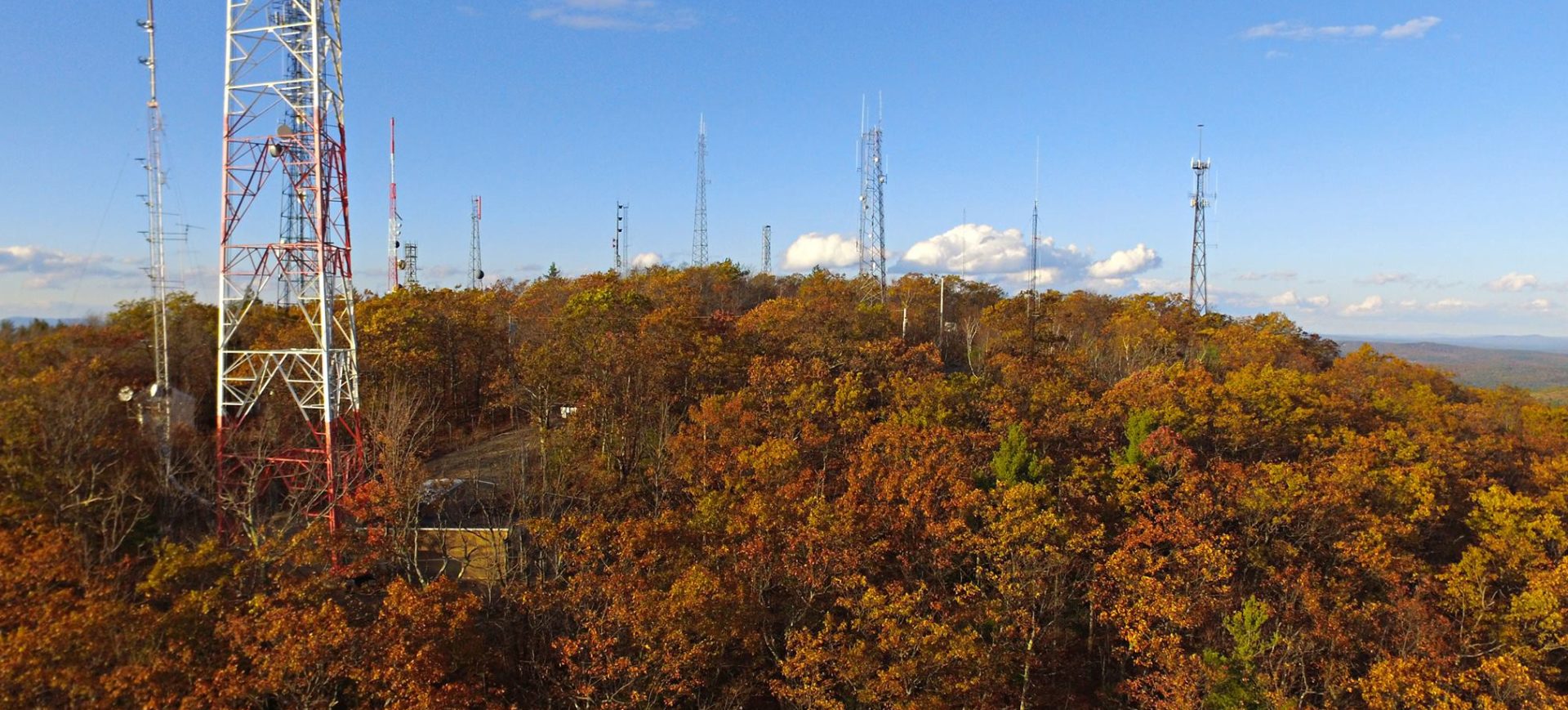The Warren, VT VHF repeater, K1VIT, on Mt. Lincoln, will go off the air on 9/1/20 and be replaced by a UHF repeater formerly based in Northfield. It is on 449.475 MHz, Color Code 5.
New England Digital Emergency Communications Network


The Warren, VT VHF repeater, K1VIT, on Mt. Lincoln, will go off the air on 9/1/20 and be replaced by a UHF repeater formerly based in Northfield. It is on 449.475 MHz, Color Code 5.
This is sad to hear the VHF repeater had so much greater coverage than UHF would ever allow
I wish there were more VHF Dmr rpts across the state
Has there ever been talk of putting a repeater on the summit of Mt. Greylock, in Berkshire County? The site would have enormous coverage of an underserved DMR area in New England… this would include most of Berkshire and Franklin Counties in Massachusetts, plus Bennington and parts of Windham Counties in Vermont, and Rensselaer County in New York.
A couple years ago, my wife and I went there to do some VHF mountain topping and made some surprisingly long distance DMR Simplex contacts with hams on the summit of Mt. Washington, NH, another on Gunstock Mountain, in NH, one near Saratoga Springs, NY, and also Bill NE1B at his home QTH in Hudson, NH. I can attest to Mt. Greylock being a fantastic location, especially as you say, because Berkshire County and some of the adjacent counties seem to be an underserved area in New England for DMR.
I read somewhere that the tower on the summit was purchased recently by WAMC, which is the public broadcaster from Albany, NY, and there are currently ham repeaters on the tower, but interestingly enough, the NOAA weather antenna on the summit operates with an antenna in the attic of Bascom Lodge, so that could be a possibility as well. I believe the old 145.210 repeater had an indoor antenna as well.
KB1HNZ
A possible contact in the area may be Tom KB1EXR. He’s the control op for a frequency pair (145.210 / 144.610) that is already allocated but has been off the air for a while. Its the former WA1WMG repeater.
I am not sure of the benefit of VHF DMR repeaters given the difficulty in finding frequency pairs, the resistance at large in Vermont for digital on VHF, the consistency in having all Vermont DMR repeaters on UHF, the vast use of dual-band radios today that are UHF capable, the near-standard use of UHF across the country and the total lack of usage on the Vermont DMR network to justify the investment. I routinely see days where there is no activity on the Vermont network from 7pm until 8am the next day. Not even a person Kerchunking a repeater.
Yes, VHF has advantages. This is completely understood. These mostly are around stand-alone repeaters in an area that is virtually repeater-free. All of the UHF DMR repeaters are networked and we have virtually the entire state covered on UHF DMR. The consistency also allows for vast interchange between repeaters to keep the machine up and running. As well as the source for high expense parts like repeaters, and antennas from surplus commercial.
If more activity could be generated on VHF I would be very interested in getting involved in finding both sites and frequency pairs. I remain all ears. At this point, I do not see this as our challenge.
KB1VP